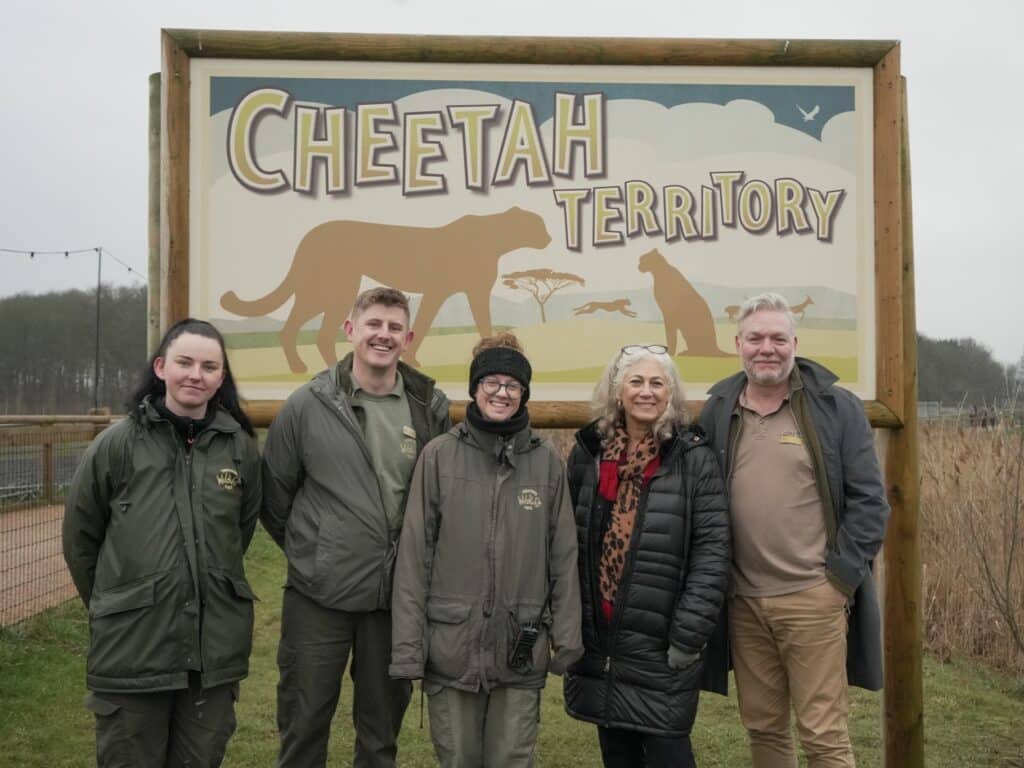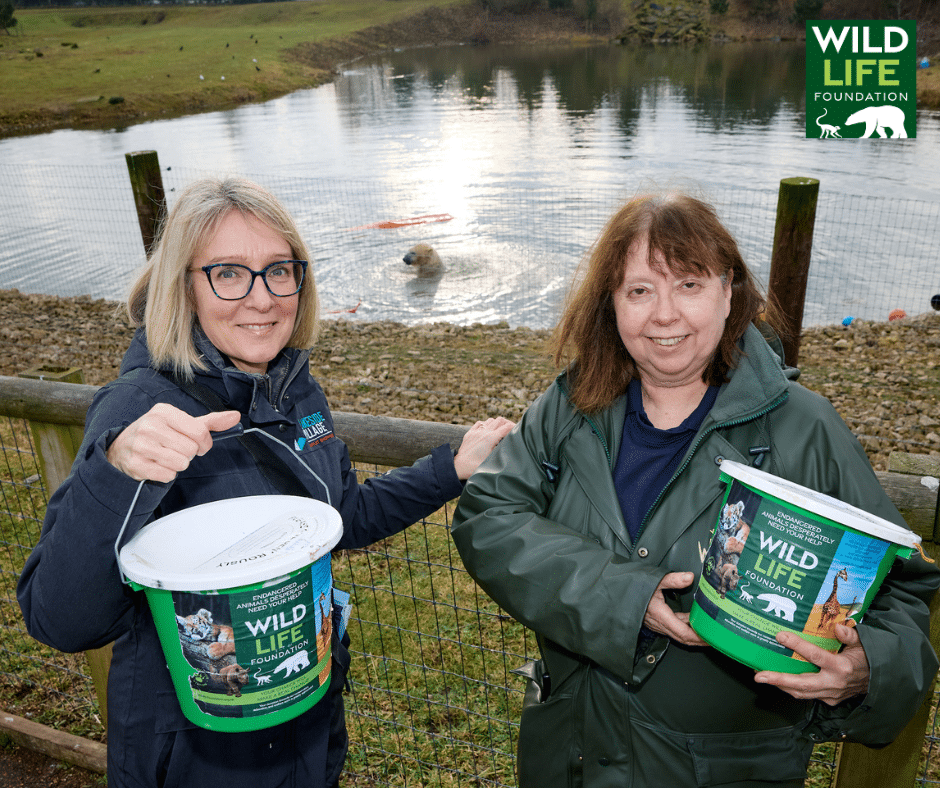Lowland Tapirs
A secretive animal in need of help
Number of Lowland tapirs left in the wild
?
Population reduction
?
Areas where they are extinct
?
The Lowland tapir is also known as the South American tapir because they live in – yes, you guessed it – South America. You’d know a Lowland tapir if you saw one, from their mohican-like mane, and their short trunk which they actually use like a snorkel when swimming!
They are very gentle, docile creatures, who hide in water when threatened. They’re so shy that we actually have no idea how many of them there are in the wild. Not even an estimate! We know that they are rare in some places and may actually be extinct in certain areas. We also know that they are threatened – the species is definitely decreasing in numbers, and they are currently classed as “Vulnerable”. This gentle creature needs our help before population numbers become drastically low.
That’s why we worked with WildCare Institute to create a perfect home for the Lowland tapir and give them a much needed helping hand.
They are very gentle, docile creatures, who hide in water when threatened. They’re so shy that we actually have no idea how many of them there are in the wild. Not even an estimate! We know that they are rare in some places and may actually be extinct in certain areas. We also know that they are threatened – the species is definitely decreasing in numbers, and they are currently classed as “Vulnerable”. This gentle creature needs our help before population numbers become drastically low.
That’s why we worked with WildCare Institute to create a perfect home for the Lowland tapir and give them a much needed helping hand.

Threats
Habitat loss:
The Lowland tapir can be found across much of South America, but its range is decreasing. They prefer lowland rainforests, but these are disappearing due to deforestation. They can’t really survive in small areas of forest, as they’re quite big, so as forests disappear it’s becoming hard for them to find an ideal habitat.Hunting:
Lowland tapir are hunted for their meat and hide. Sadly, they are creatures of habit and make paths when walking, which makes it easier for hunters to find them.Competition with livestock:
Lowland tapir compete with domestic livestock for food and water.Working with
Lowland Tapirs
Wild Care Institute Atlantic Forest Project
The WildLife Foundation provided funding for a project run by the WildCare Institute, aimed at strengthening a ‘green corridor’ sanctuary to create a ‘safe haven’ for Lowland tapirs in the Misiones province of northern Argentina. The funding supported a series of 18 educational and interactive workshops led by some of Argentina’s leading environmental professionals, including veterinarians, professors, beekeepers, and the Argentinian secretary of family agriculture. As part of the project, the workshops equipped local communities with the skills and knowledge to improve their livelihoods while fostering a deeper appreciation for wildlife. They offered education and alternatives to hunting, alongside increasing enforcement measures to enhance species survival. The funding protected nearly 4,000 hectares of land, contributing to the conservation of Lowland Tapirs.
Facts
Baby Lowland tapirs are very cute. They are born dark brown with pale stripes and spots that provide good camouflage.
Lowland tapir actually belong to the same family as the rhino! They are called odd-toed ungulates as they have four toes on their front feet, and three on their back feet.
Lowland tapir actually belong to the same family as the rhino! They are called odd-toed ungulates as they have four toes on their front feet, and three on their back feet.
Seven Worlds, One Planet
We have worked with WildCare Institute in the Atlantic Forest in Misiones, Argentina.









